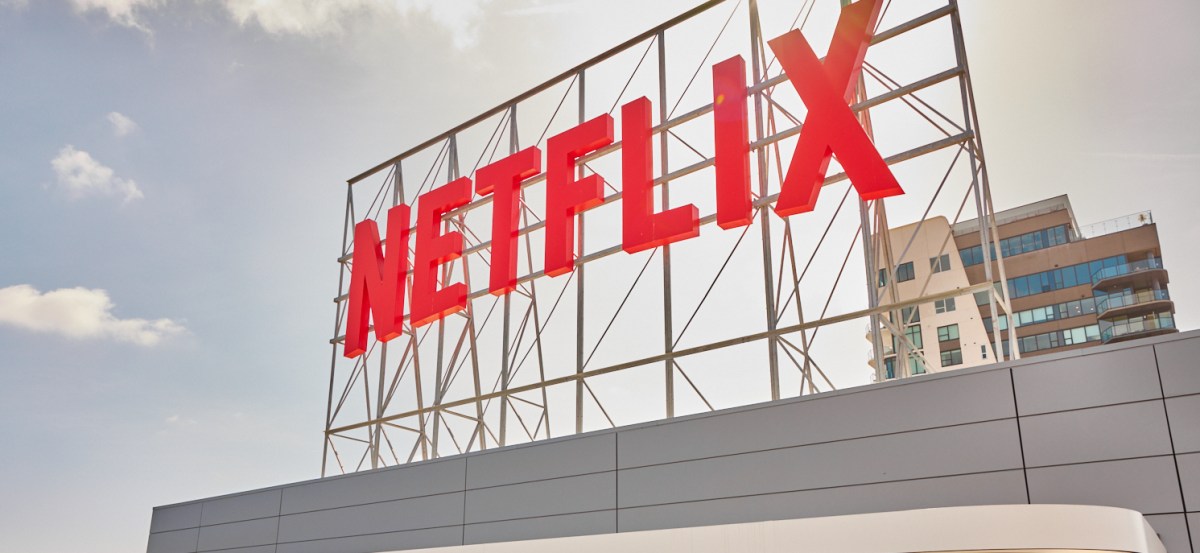- Arvind's Newsletter
- Posts
- Arvind's Newsletter
Arvind's Newsletter
Issue No #654
1. The spotlight on the Indian stock market has been on the Adani group after it pulled the plug on a record $2.4 bn share sale, following the Hindenburg Research report. The decision to cancel the sale came after a renewed slump in price for Adani and its sister firms. Since January 24, the market-cap of seven listed Adani Group companies has fallen by half or nearly $100 billion reported Mint. On February 2 itself, the group company stock, Adani Enterprises fell ₹561, or 26.39%.
The Adani conglomerate spans ports, coal mines, food businesses, airports and lately media, and before the rout its seven companies had accounted for more than 6% of the National Stock Exchange market value. However, we must remember that the Adani group has seen a 419% growth in market capitalisation in 3 years between January 2020 and December 2022 (as reported in Business Standard) so even after recent fall in price it is still up significantly (Of course of no satisfaction to those bought the stock at its peak).
How gene-editing tool CRISPR could help save crops from devastation caused by pests
For decades, the grape-growers of California have battled Pierce’s Disease, a nasty infection which causes vines to wither. The arrival of an invasive insect around the late ‘80s supercharged the spread of the disease, turning it from a nuisance to a nightmare.
The disease still has no cure, and it’s at risk of getting worse due to climate change. But an unlikely solution has arrived in the form of CRISPR gene-editing technology, which allows researchers to change the pest’s genome so that it can no longer spread the bacterium, reports MIT Technology Review.
Netflix is now detailing how it aims to maintain password sharing within a household while cracking down on outside usage. The company aims to curtail account sharing this year by asking people to pay extra money to use the streaming service outside the household for extended periods of time.
4.Generative AI Explained by AI
After years of research, it appears that artificial intelligence (AI) is reaching a sort of tipping point, capturing the imaginations of everyone from students saving time on their essay writing to leaders at the world’s largest tech companies. Excitement is building around the possibilities that AI tools unlock, but what exactly these tools are capable of and how they work is still not widely understood. The Visual Capitalist instead of writing about this in detail, given how advanced tools like ChatGPT have become, asks what generative AI has to say about itself.
5. Goa is at the centre of India’s gin boom. The coastal state has long been a centre of global trade and has a more liberal attitude toward alcohol than many other parts of the country. As the industry grows, new distilleries are using native ingredients like turmeric and mango. “The idea behind it was to use only Indian botanicals,” a 25-year-old distiller said of his small-batch spirit, as reported in New York Times. Some excerpts from the article:
“Many gin connoisseurs insist that the best juniper comes from Macedonia; Hapusa argues otherwise, relying on larger juniper berries foraged from the Himalayas along with other native ingredients, including turmeric, raw mango and ginger.
When Nao Spirits first produced a small-batch gin from Goa in 2017, partnering with a local bottler to get a state permit, no one seemed to have made the connection between India, the cradle of the spice trade for centuries, and gin, which is really just a blank canvas of alcohol with herbs and other plants used to brighten the portrait.
Only a few years later, Goan gin has become a bountiful and colorful bouquet. Pumori gin — named after Mount Pumori, a few miles west of Mount Everest — also uses Himalayan juniper, along with other local botanicals. Jin Jiji relies on Indian juniper, adding a Goan specialty, cashew nuts, while Matinee gin includes Goan peppercorn. Samsara and GinGin also use native Indian ingredients, including a touch of hemp.
On a tour of the Adventurist Spirits distillery, where they make Tamras gin and recently opened a chic visitors center for tastings, Mr. Bachooali argued that Indian gin should be clearly defined and separated from the “Indian-made foreign liquor” category of the law. The best way to make it happen, he added, might be for craft gins to succeed overseas.
Many of them, including Tamras, Hapusa and Stranger and Sons, another popular gin, have already started to win international awards. Global markets seem to be welcoming them. Hapusa is now sold in the United States. Tamras will be available next month in the Maldives and Turkey — before, Mr. Bachooali notes, it can be bought in Delhi.




